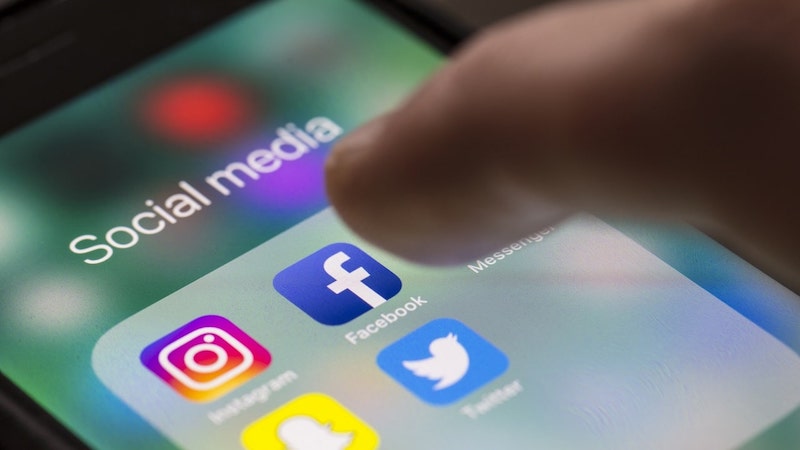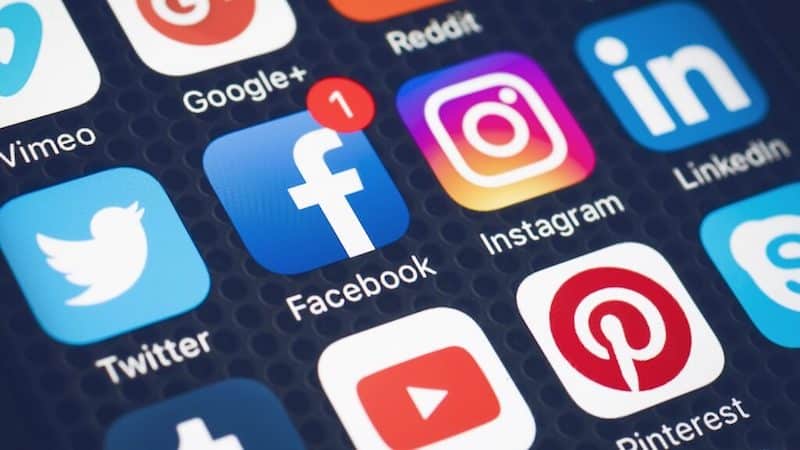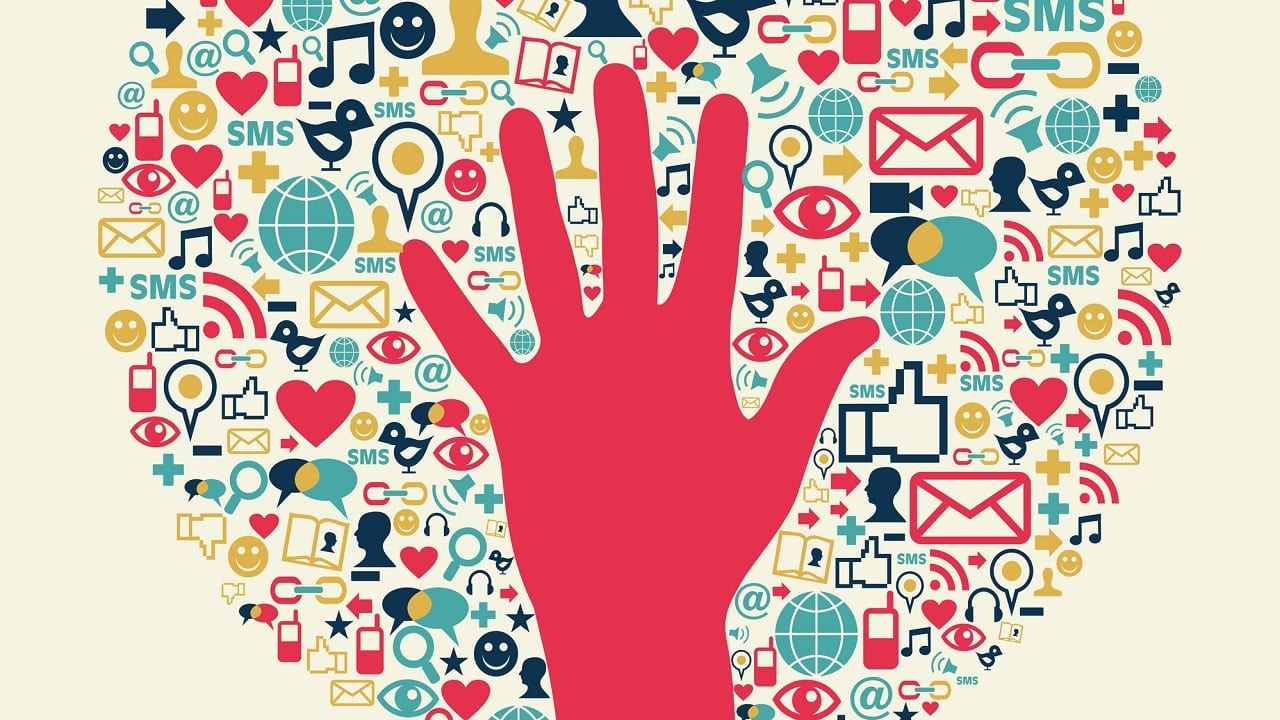Is social media about to become paid? After years of advertising (and our data) fueling the social system, more and more platforms are offering subscriptions to users. And in some cases, they are aiming for charge all members – at least according to the statements of those who recently changed their Twitter name. But Elon Musk is not alone: it seems that the entire industry is moving towards a system where subscriptions will play a key role.
Social media becomes paid: a new era
The most recent announcement involves Meta, the parent company of Facebook and Instagram, which plans to charge European users $17 a month for an ad-free version of both platforms. A decision that comes after the European Union’s various crackdowns on privacy and sharing, which have already forced Meta several times to change the policies it uses in the United States. But it is also part of a broader trend, which does not depend only on EU rules.
More and more subscriptions
Meta’s is a move that would have aroused disbelief just a few years ago, but now she is not alone. All major social media platforms they offer or are exploring the option of a premium subscription. And many people are actually embracing this new dynamic.
TikTok, for example, recently confirmed it is testing its own ad-free subscription plan, after Android Authority discovered a service request from $4.99 hidden in the app code.

Xformerly known as Twitter, introduced its famous “blue tick” for $8 a month as soon as Elon Musk bought the platform. However, expanding an already existing service (at the time Twitter Blue, now X Premium). And which now also includes fewer ads and other additional features.
YouTube, which has always been more than just a social platform, has long offered a Premium service to $13.99 per month, which guarantees an ad-free experience. Also Snapchat has a $4 monthly plan, which offers custom features and tools.
Nobody laughs at the idea of paid social media anymore
As Thomas Germain points out well on Gizmodo, when Elon Musk proposed charging for the blue check on then Twitter, memes and mockery filled the internet for weeks. The reason was undoubtedly the disastrous implementation of the feature, which drove away advertisers and cost X a lot (Musk himself said that the company lost half of its revenue).
But other social networks have implemented similar measures more calmly and without shouting, achieving good success. If there are only 640 thousand subscribers on X, Snapchat reaches 5 million and YouTube, which has been doing it the longest, has 80 million Premium users.

These numbers still represent drops in the ocean. Daily users are 206 million for Twitter, 375 million for Snapchat, with YouTube exceeding two billion subscribers. It is impossible to say that the business model has changed completely: but the transition to payment forms is a process that now affects all social media.
Paid social media: product and customer
Until recently, users they offered their attention to advertisers in exchange for free access to content and connections with friends and creators of contents. The phrase repeated in that period (but originally used to comment on commercial TV in the 1970s) was: “if you don’t know what the product is, then you are the product”. But it seems like more and more users become both the product and the customers of the platforms.
Gizmodo draws an interesting parallel with the airline industry, which has introduced a number of previously free services, such as baggage check-in, seat selection and priority boarding, charging passengers for these services. An “upselling” of a service that until recently all travelers had for free.
The comparison doesn’t quite fit, but it seems to embody the comments about paid subscriptions we often see on social media. Those who don’t pay risk having more advertisements, pop-up with payment requests to access parts of the service. In some cases, those who pay also have an advantage in reaching followers. As in X, where paying users have better visibility of your posts, as well as avoiding the annoying presence of advertising. Advertising that has often become more insistent, as in the ads on free YouTube.
Will the tactic work?

For many, using social media platforms has become essential in everyday life, almost a necessary infrastructure. Like a plane trip for those who travel for work: there are other possibilities, but often not very practical. Abandoning these services entirely may not be a realistic option. Not only for those who work with social media, but also for those who have formed bonds that they don’t want to cut because of a subscription.
For these people, paying for a subscription (even reluctantly) could be the only option. Especially if the ads for free accounts increase or if the platform decides to put behind the “paywall” some services that they consider essential.
But not everyone has this problem. Although convince all your contacts to follow us on a free social network is very difficult, some users might however decide to change platform. Someone has already done it after the arrival of Elon Musk from Twitter. And perhaps in the next few years a free alternative will arrive that captures everyone’s attention: until a few years ago, no one had heard of TikTok, now one of the most important social networks. The market will respond, we users will say when we have enough. If it ever happens.















Leave a Reply
View Comments